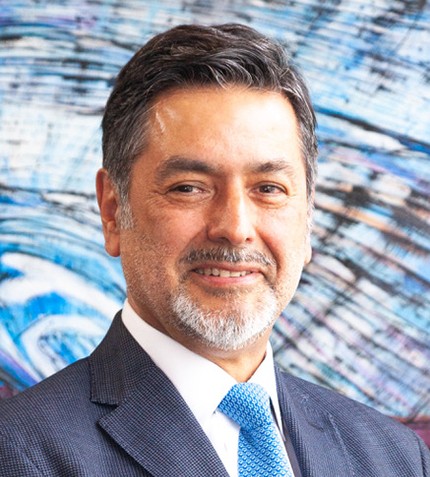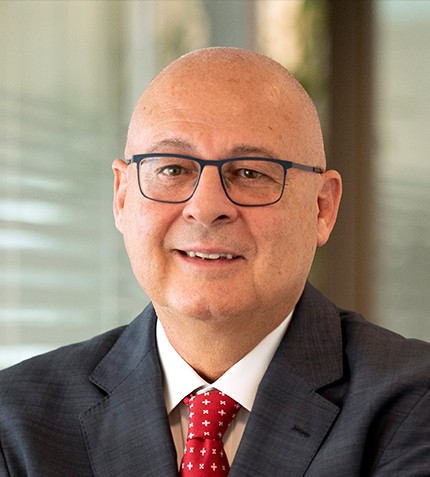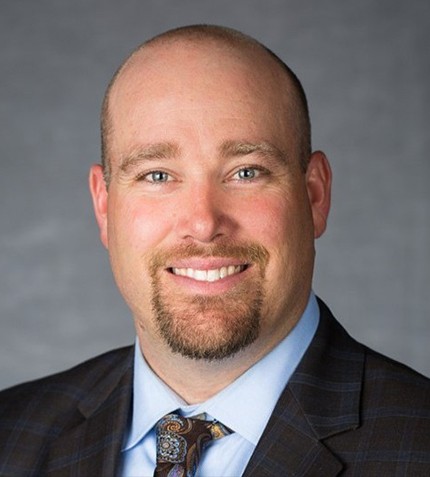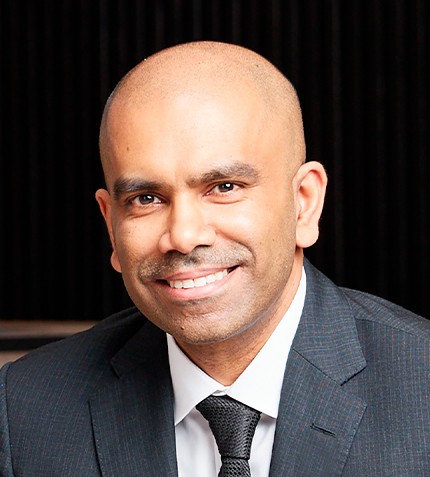
"Our strategy is aimed at developing robotic technology in mining and the development of robotic applications worldwide. We believe that the industry is more receptive to technology today than it has been in the past and that presents a big opportunity."
Hugo Salamanca
PRESIDENT, HIGHSERVICE CORP.
What value will HighService’s service division bring to Metso after the acquisition?
Metso is gaining a business that is a leading company in integral, mechanical, electrical and instrumentation maintenance services for mining. The company has operations in Chile, Argentina and Brazil, and 1,300 employees. HighService was looking for a global partner for its service business because we had reached an important level of development in Chile. We felt that we still had the potential to continue growing and we wanted to expand our global reach and look for new business opportunities in other countries. We had previous experience working with Metso, where we carried out the maintenance of the crushing plant at Minera Gaby in northern Chile. This was a very positive experience and was important in building the mutual confidence needed to execute the acquisition.
What is the strategy for HighService Corp´s different businesses?
We have three different segments: engineering and construction (HS E&C), robotics (MIRS) and an incubator of technological enterprises (HS Tech). Our strategy is aimed at developing robotic technology in mining and the development of robotic applications worldwide. We believe that the industry is more receptive to technology today than it has been in the past and that presents a big opportunity. The mining industry is facing many challenges and the importance of robotics in mining is now widely understood.
The other strategic focus we have is to strengthen the engineering and construction company to make it a medium to large company.
In what ways are robotics being applied in the process of mining?
We develop robotic applications in the concentrate sampling process. The robot moves through a lineal rail in order to reach every possible sampling area tailored to the customer’s specific requirements. MI Robotic Sampler is being used in world class operations like Impala Terminals Callao, Glencore Antapaccay & Matarani and Codelco’s El Salvador. We are also focusing on the passage’s tapping and plugging for flash furnaces. The melting furnaces have tap holes where the mineral is discharged in a liquid form and we develop the method of opening the furnace walls to avoid the risks of accidents and contamination. The system is operating in Codelco Chuquicamata Smelter and we are working at the engineering phase for smelters in Europe and Australia. Another example of the application of robotics is the SAG Mill’s trommel maintenance, which has totally innovated the way in which maintenance activity is carried out at BHP’s Escondida mine. Our robotic arms have benefits for safety and productivity, because workers are removed from potentially dangerous situations.
What are the biggest projects in Chile that you participated and are participating in?
We worked in Codelco’s Smelter project (Ventanas) and Asarco refinery project (Amarillo, Texas), where we made a great application of a robotic system that allows the stripping of copper cathodes. The cathodes and starting sheets stripping process requires a lot of effort, that exposes staff to high risk, but we managed to do it with robots. In the coming months we will start robotic application tests for mill lining replacement. These mills have metal parts that lift the ore and grind them. These must be replaced very often. In order to replace the metal part, the equipment must be stopped for many hours, which generates losses. Our proposal is to robotize this whole process to avoid accidents and reduce maintenance times. This is being implemented in operations like Minera Los Pelambres, BHP’s Escondida mine and CODELCO El Teniente.
How is the technical know-how of Chile as a country?
We must build technical capabilities. There is a good level of technical training in the Chilean mining industry, but we need to develop a better relationship with the universities so that they train specialists in robotics and artificial intelligence. There are not enough technicians or professionals who understand how to work with artificial intelligence. We can address these issues with the support of specialists from United States and Europe, but it is better if Chile is able to develop its own local workforce with the capacity to work in robotics and artificial intelligence.










